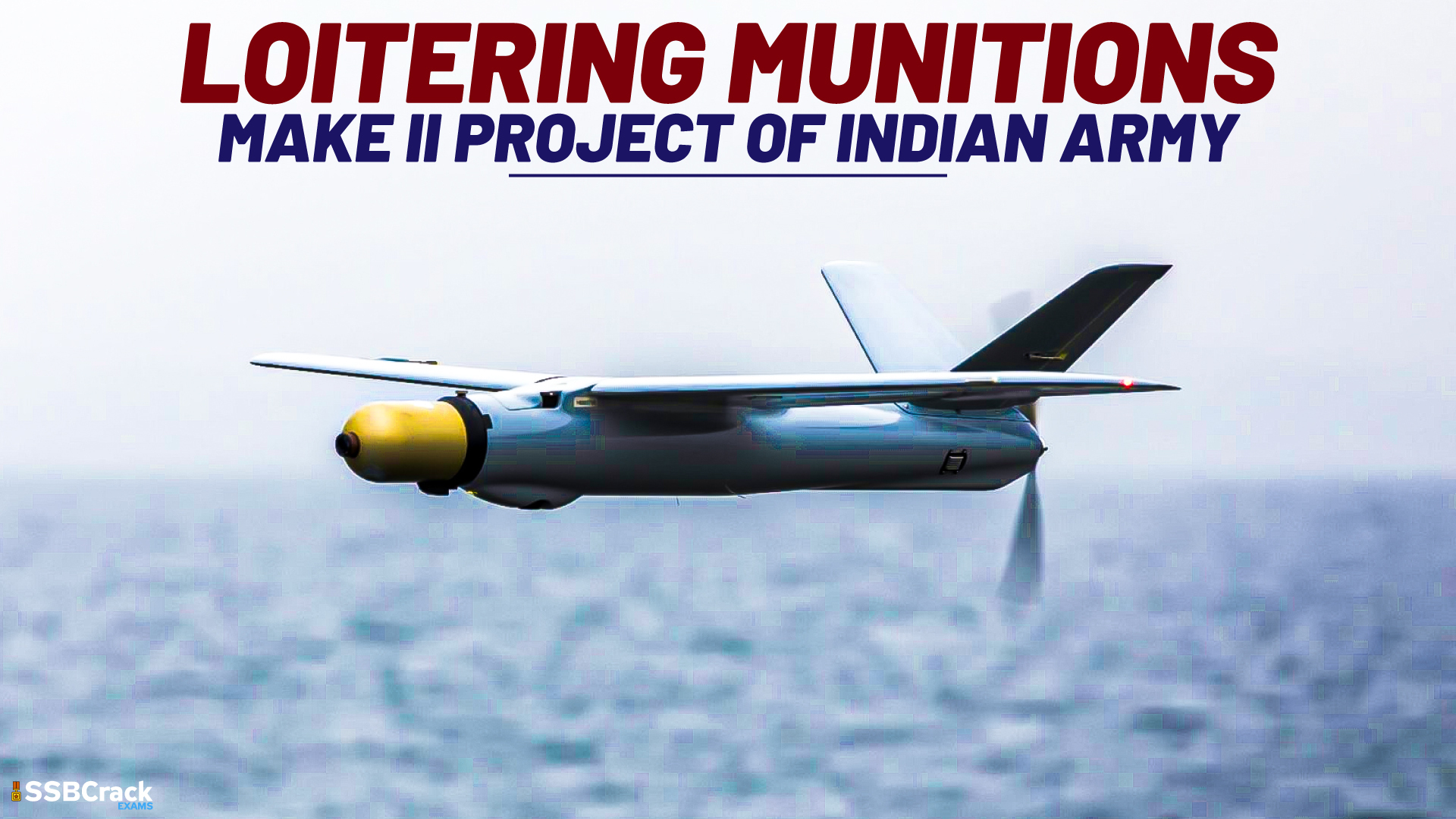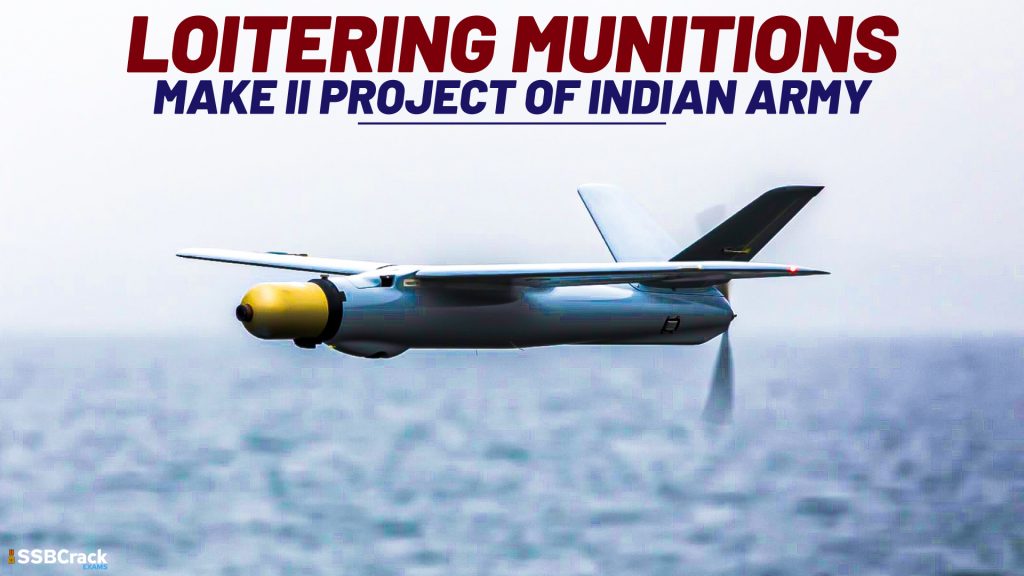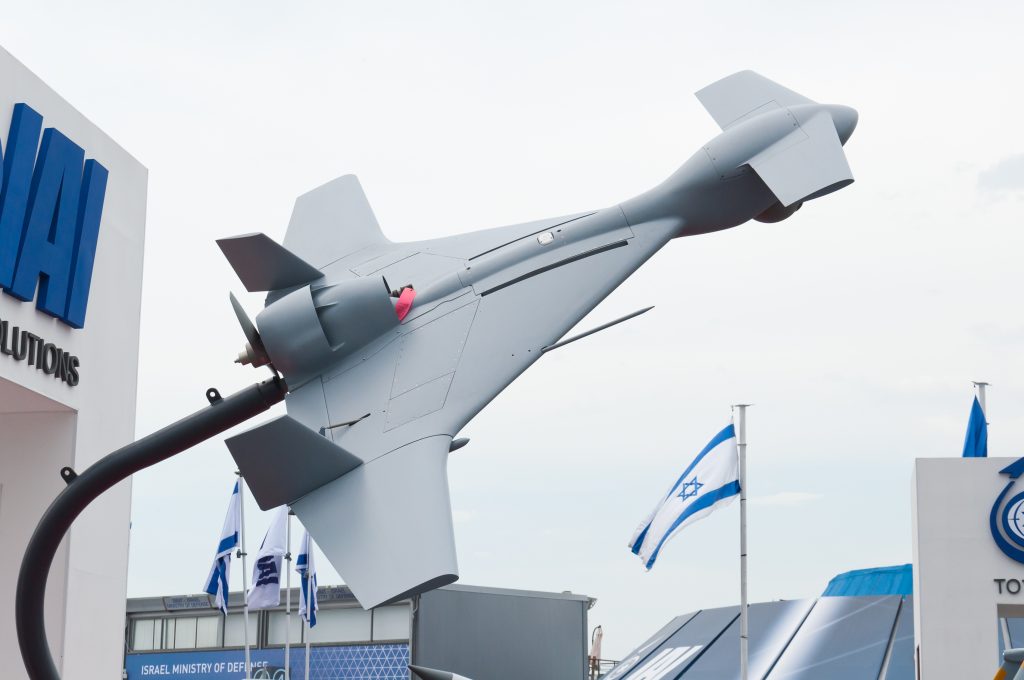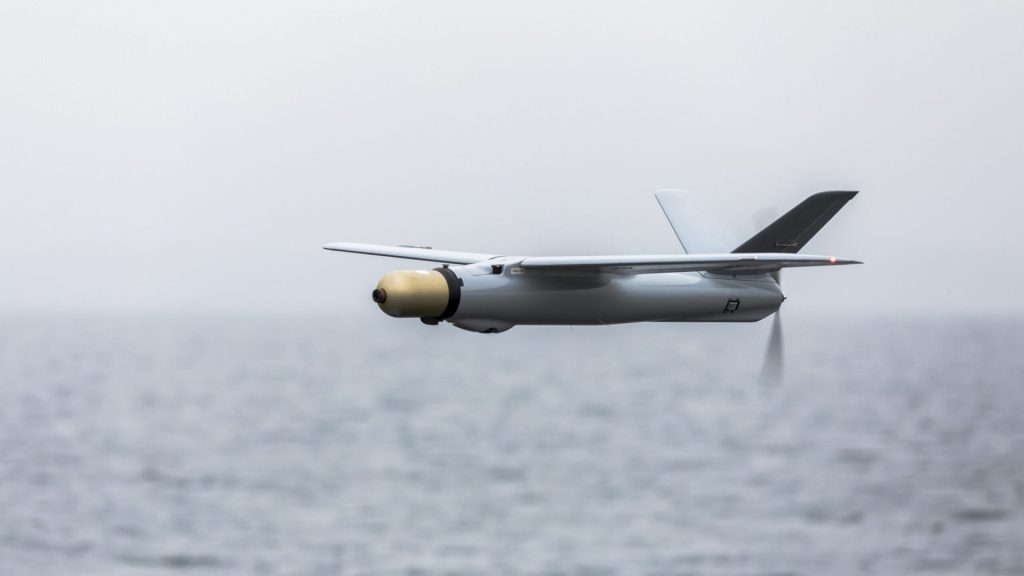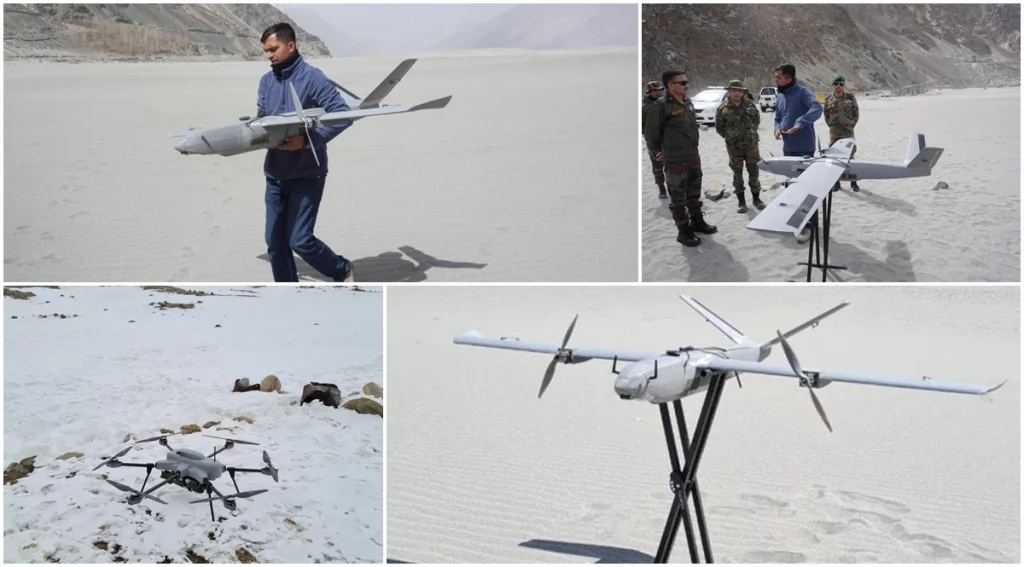A loitering munition (also known as a suicide drone or kamikaze drone) is a type of aerial weapon system in which the munition loiters (passively waits) around the target area for some time before attacking. Loitering munitions allow for faster reaction times against concealed or hidden targets that emerge for short periods of time without requiring high-value platforms to be placed close to the target area, as well as more selective targeting because the attack can be easily aborted.
Loitering munitions are a hybrid of cruise missiles and unmanned combat aerial vehicles (UCAVs), with characteristics shared by both. They differ from cruise missiles in that they are designed to loiter for an extended period of time around the target area, and they differ from UCAVs in that a loitering munition is designed to be expended in an attack and has a built-in warhead. As such, they can be classified as a non-traditional ranged weapons.
Comparison of the UCAV, loitering weapons, and cruise missiles
It’s common to draw comparisons between cruise missiles, loitering weapons, and unmanned combat aerial vehicles (UCAV). While cruise missiles have some sensory and remote control capabilities and can loiter, such as the block IV Tomahawk, its primary function is often a preplanned hit. Cruise missiles are designed for long-distance, constant-speed flight. The majority of UAVs could be modified to carry homemade bombs before being steered into a target. However, a UAV or UCAV’s main purpose is to carry out reconnaissance, drop weapons, and then land again.
Also read: Importance Of UAVs, Drones, And RPAS For Indian Armed Forces
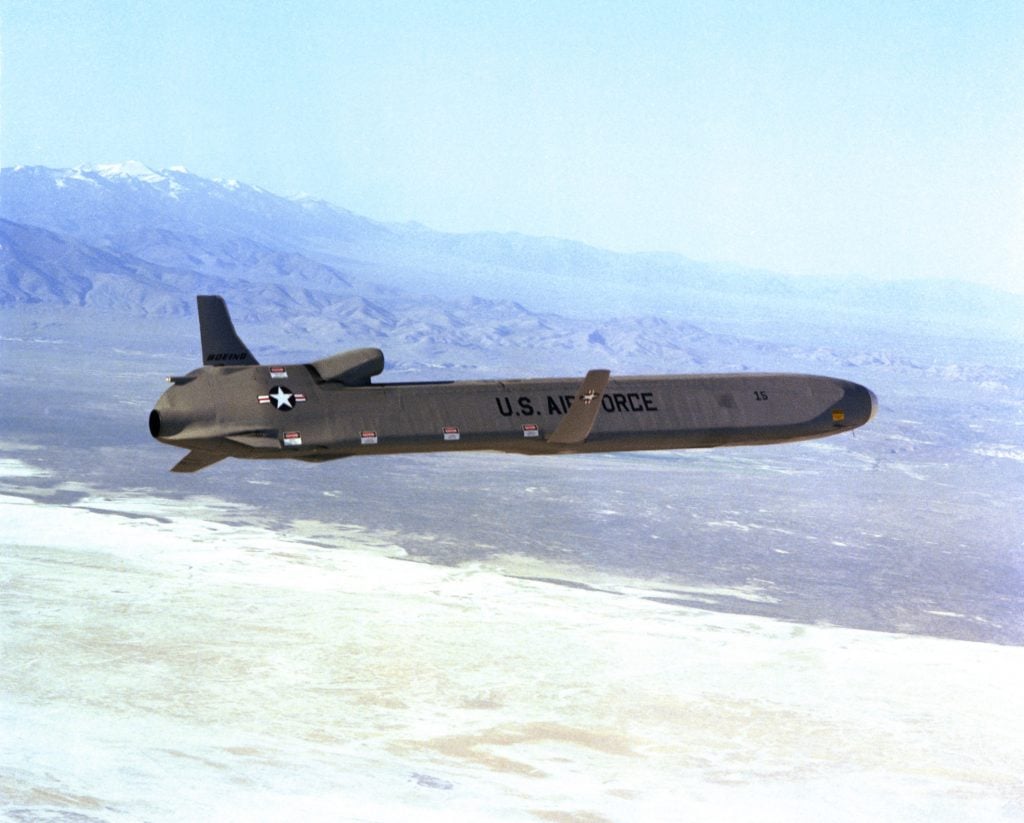
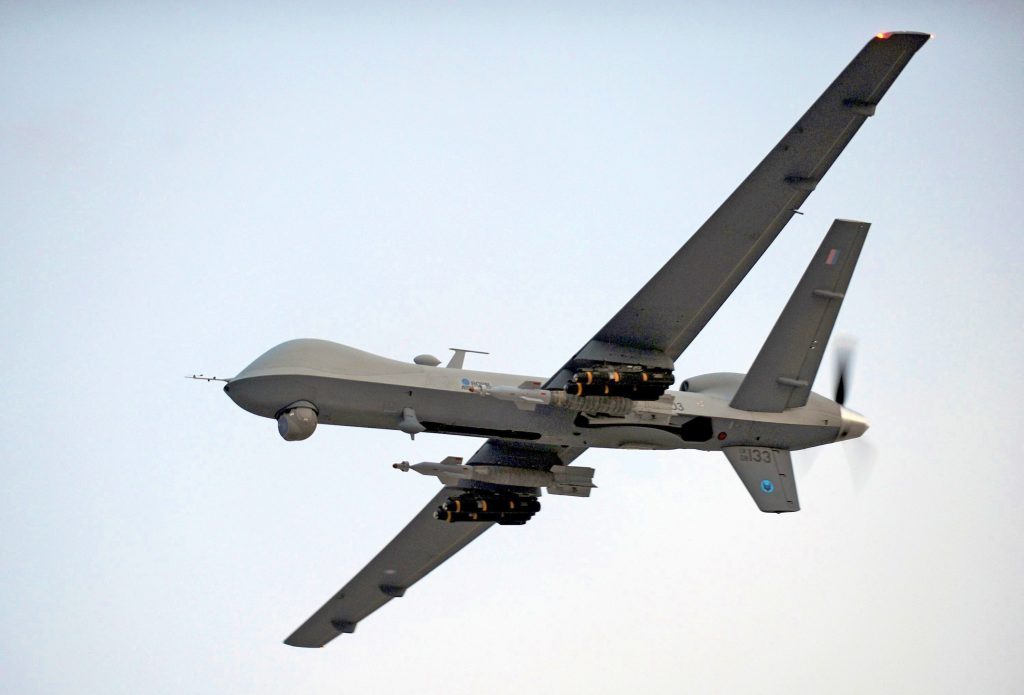
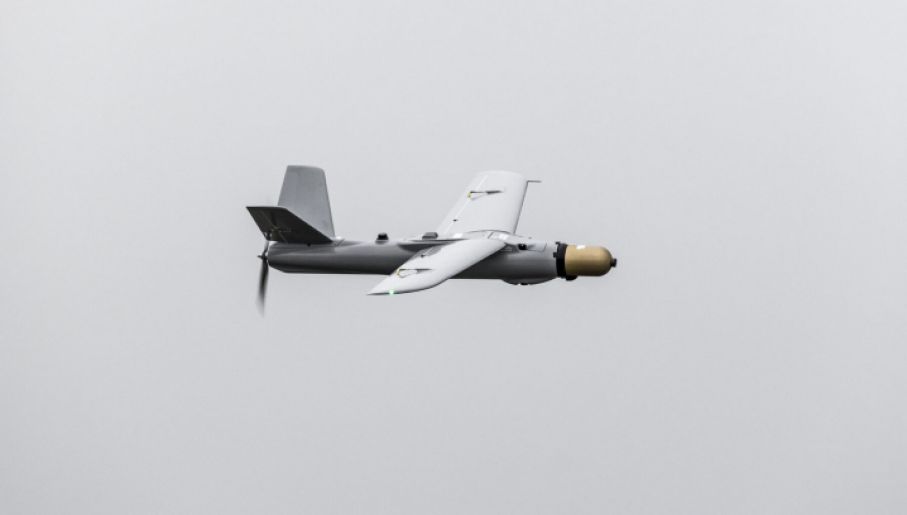
UAVs make noise while diving, which could alert the target. They are frequently expensive and cannot be used. A loitering munition’s main objective is to enter the suspected target region, acquire a target while lingering, and then launch a self-destructive attack. These are optimized for speed during the strike dive, a silent strike phase, and a limited engine life. Instead of range or speed, their other advantage is loitering time, and they are comparably less expensive.
Limitations of Loitering Munitions
The first restriction is finite flying time. Attack precision is reliant on the sensors. Sensors may malfunction or be damaged by adversary activity or jamming. Optical systems are susceptible to weather. The objectives may change or be moved, and the wars are abrupt and erratic. On-board computers may be deceived. An enemy may cause a known loitering munition to fall away from its intended target or even return fatal fire to the point of launch by feeding it false information. On-board GPS could likewise have its signal blocked or jammed. Autonomy is crucial to the operation of loitering munitions more than any other weapon, possibly with the exception of swarming drones.
Also read: Importance Of Modern Electronic Warfare Suite For Fighter Jets
A Component of Greater War Strategy
When targeting concealed targets that briefly emerge from cover, loitering munitions are a potent battlefield aid that allows for quicker reaction times. Now, lingering weapons are part of the overall military plan. The capacity to destroy anti-air missile batteries with disposable radar-seeking drones is effective and perhaps more cost-effective for nations that cannot afford stealth aircraft.
Attacking large machinery, tanks, and other targets with fighter attack aircraft is rather safe once loitering missiles have eliminated anti-air defences. A little technology edge has grown into a significant strategic advantage. While it is necessary to remove land and sea mines after a conflict, there are no humanitarian concerns with regard to lingering munitions.
Nations possessing Loitering Munitions
Numerous nations already produce lingering weapons. China, Israel, Iran, Russia, Taiwan, Turkey, and the United States are some of these. From the biggest producers, nations like India, Azerbaijan, Germany, and South Korea have purchased them. China reportedly tested swarming loitering weapons that were launched from a combat vehicle’s box array of launching tubes.
The DRDO is developing indigenous loitering weapons for India. Additionally, a private business, EEL, a division of Solar Group’s Nagastra 1, is prepared with a 1.5-kilogram payload and a 15 km range. Nagastra 2 with a 4 kg warhead and 25 km range has also been tested successfully.
Also read: How Electronic Warfare System Revolutionized Dog Fights Between Fighter Jets?
Way ahead for India
Loitering munitions is a scene of intense combat. They will modify the game at a reasonable cost by multiplying forces. The private sector in India is best suited to create these as a part of the drone revolution and culture now taking place in the country. There are still several essential parts of the loitering munitions that are not produced in India. The Drone Federation of India, which has inspired the manufacturers to create homegrown technologies, has already set its sights on these. Acting immediately is necessary to avoid falling behind.
Also read: Importance Of Drones In The Indian Subcontinent
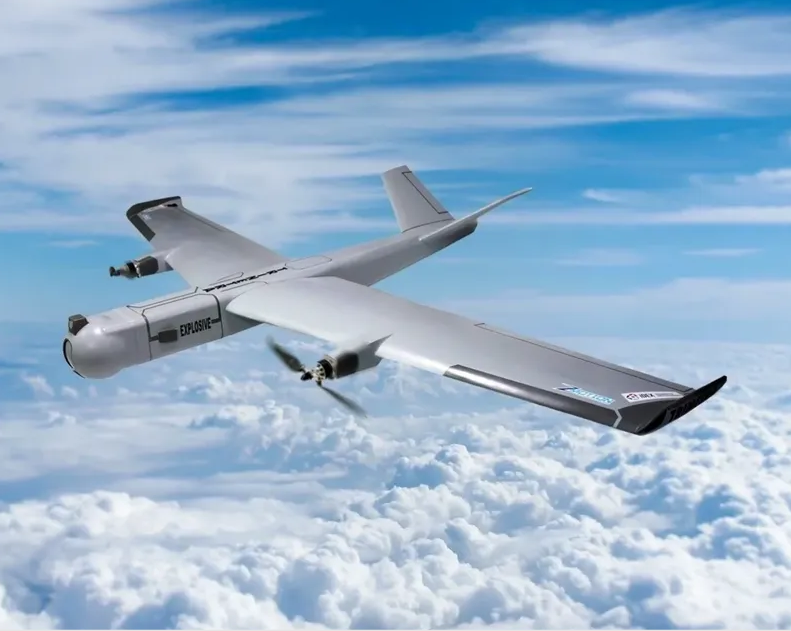
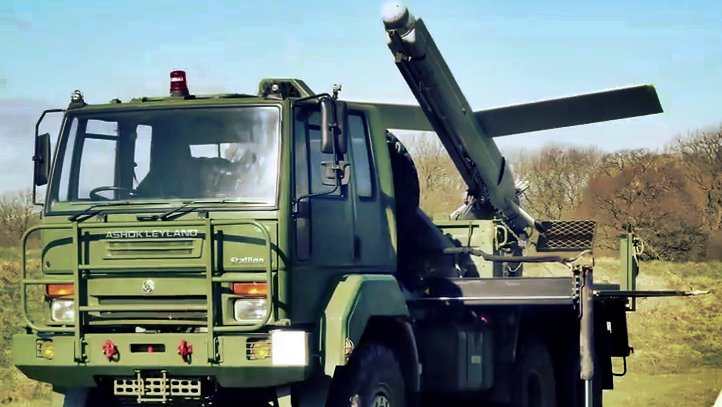
What is a CALM System?
The CALM System consists of a canister pre-loaded with loiter ammunition or a drone. Loiter munitions combine a surface-to-surface missile with a drone. Once launched, it can hover over the area of operation for a period of time before being guided down to destroy the target with the explosive payload that it carries.
Typically, loiter ammunition includes a nose-mounted camera that allows the operator to see the area of operation and select targets. These munitions also have variants that can be recovered and reused if not used in a strike. The loiter ammunition’s top-down attack capability gives it a significant advantage over targets such as tanks, which are vulnerable to any attack on the top where the armor protection is weak.
The Importance of CALM Systems
The weapons systems can destroy radar stations, air defence systems, and communication hubs, as well as moving targets such as enemy vehicles and personnel. The CALM system is designed to be deployed across the western plains and deserts, as well as high-altitude locations up to 16,500 feet along the northern border.
It will be used by the Army’s Mechanised Infantry units for real-time surveillance of targets beyond line-of-sight throughout the day and night, as well as beyond-visual-range engagement with enemy armored fighting vehicles and other ground-based weapon systems over long distances.
CALM System Frequently Asked Questions
What is a CALM System, exactly?
The CALM System consists of a canister pre-loaded with loiter ammunition or a drone. Loiter munitions combine a surface-to-surface missile with a drone.
Is the CALM system in use in any country?
The CALM System was used very effectively in the Armenia-Azerbaijan conflict in 2021, where Azerbaijan forces extensively used Israeli systems.
Where will the Army put CALM Systems to use?
The CALM Systems will be used in the Western plains and deserts, as well as the Northern high-altitude areas.
If you liked the article do share it with your friends. Follow SSBCrackExams for more such articles.
To crack the SSB Interview, You can join our SSB interview live classes batch and we recommend you to Enroll SSB INTERVIEW ONLINE COURSE. Trusted by thousands of defence aspirants.
Also read:
